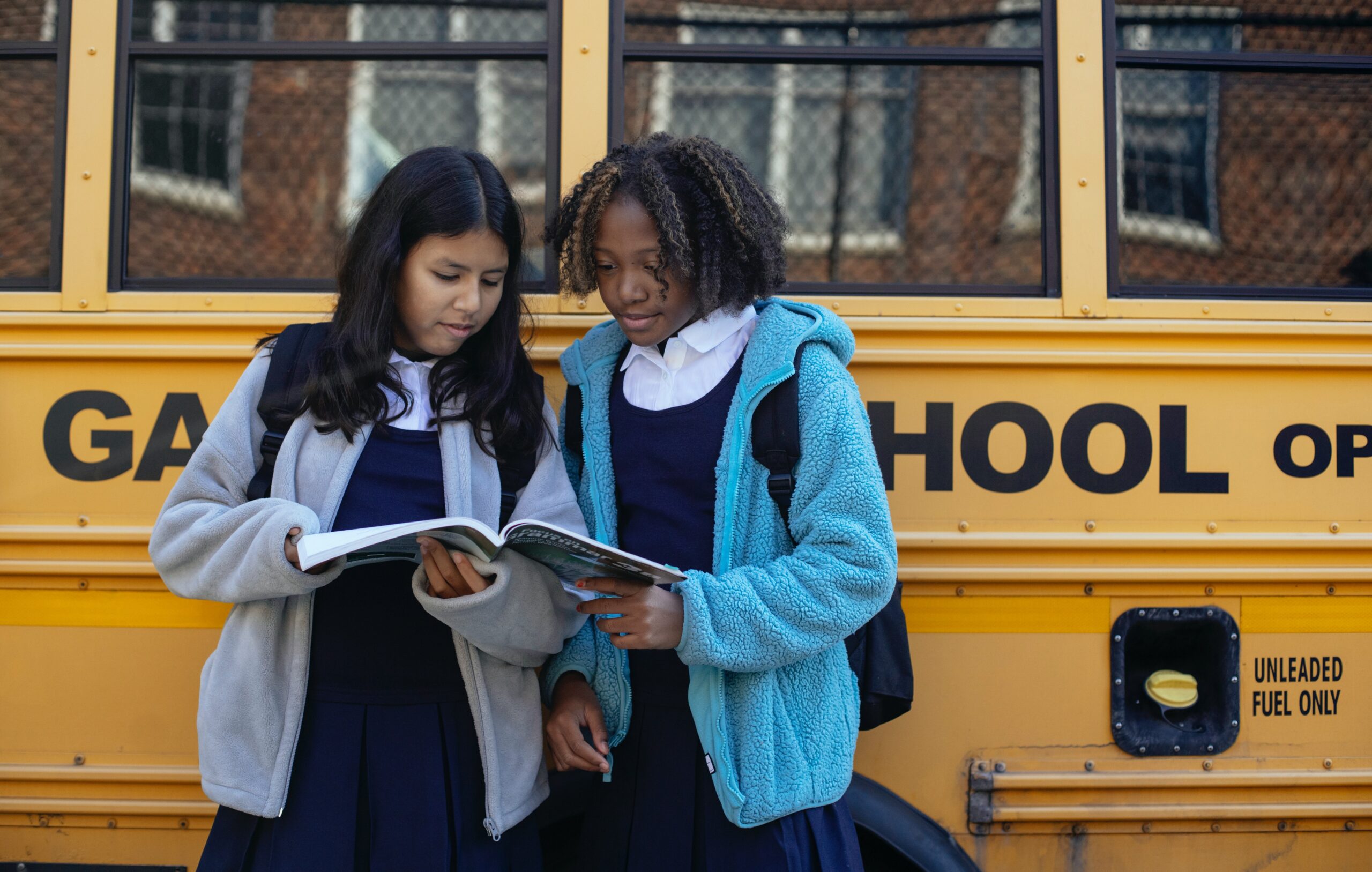A Once-In-a-Lifetime Event Creates Once-In-a-Lifetime Opportunities for Private Education

Over the past 18 months, businesses, organizations, and even entire industries learned to evolve and adapt to the dramatic changes and upheavals caused by the Covid-19 pandemic. Rather than the months or years such change might normally require, these adjustments happened virtually overnight. Many of these new protocols were considered foreign and perhaps even uncomfortable at the time, but as the months wore on, not only did they become second nature, but they also proved to be indispensable.
In the case of independent schools, those initial changes were enacted to mitigate the crisis, keep students safe, and ensure there was no change to the learning process. But then something unforeseen happened: these changes became the new normal. As we consider what may come in the years ahead, there are several innovations that should not be cast aside, but instead expanded upon as a way to make the entire private education system stronger and better prepared for future uncertainty.
Though it was more evident in the public school system, the pandemic revealed a stark disparity in how students of color were being educated in a virtual classroom environment. Whether it was connectivity or hardware, technology disparities quickly exposed themselves, along with how greater job losses, higher infection rates, and challenges with daycare and food insecurity created even bigger frustrations for children and families.
Due to their very operating structure, independent schools are better equipped to handle these problems in a timely fashion and since the pandemic began, have either expanded or created dedicated programs for inclusion, diversity, and equity. Unfortunately, you can’t help students who aren’t actually students yet, which is why it is vital to get these children in the door if any real change is to come. And to do that, schools need to address the biggest hurdle facing disadvantaged students: tuition.
Though few independent school leaders could have predicted it at the time, the pandemic created an enrollment surge, which began at the start of the 2020/2021 academic year. In spring 2020, government aid helped keep schools up and running during the first months of the crisis and allowed administrators the necessary time to figure out how to address a range of new problems. But as time has gone on, soaring investment markets and rising enrollment have bolstered many schools and created a quandary: is this the right time to revisit the tuition model? Tuition has severely outpaced both household income and inflation, fostering a “broken” system that minimizes opportunity for many students. If schools are serious about increasing diversity and including more students of color, the current tuition structure should be reviewed. This needs to go beyond academic costs and focus on extracurricular amenities as well, like sports, academic and social clubs, and technology.
But as we saw in the first months of the crisis, tuition was, and continues to be a major topic of discussion and debate. And there is no better time to make a sizeable difference in the community, all in the pursuit of strengthening the education system and helping more children succeed.
In times of crisis, it’s not uncommon for quick fixes and sudden changes to take root and reveal themselves to be better than the status quo. Many of the innovations and strategies that were enacted should remain and become standard procedure, including:
As new obstacles arrive, finding unique ways to keep students engaged and interested will remain the number one goal for teachers and faculty – a challenge that these professionals have proven they can not only meet, but also overcome.
Get ready, because by subscribing to our email insights, you'll be among the first to hear from our experts about key issues directly impacting your privately held business or not-for-profit.